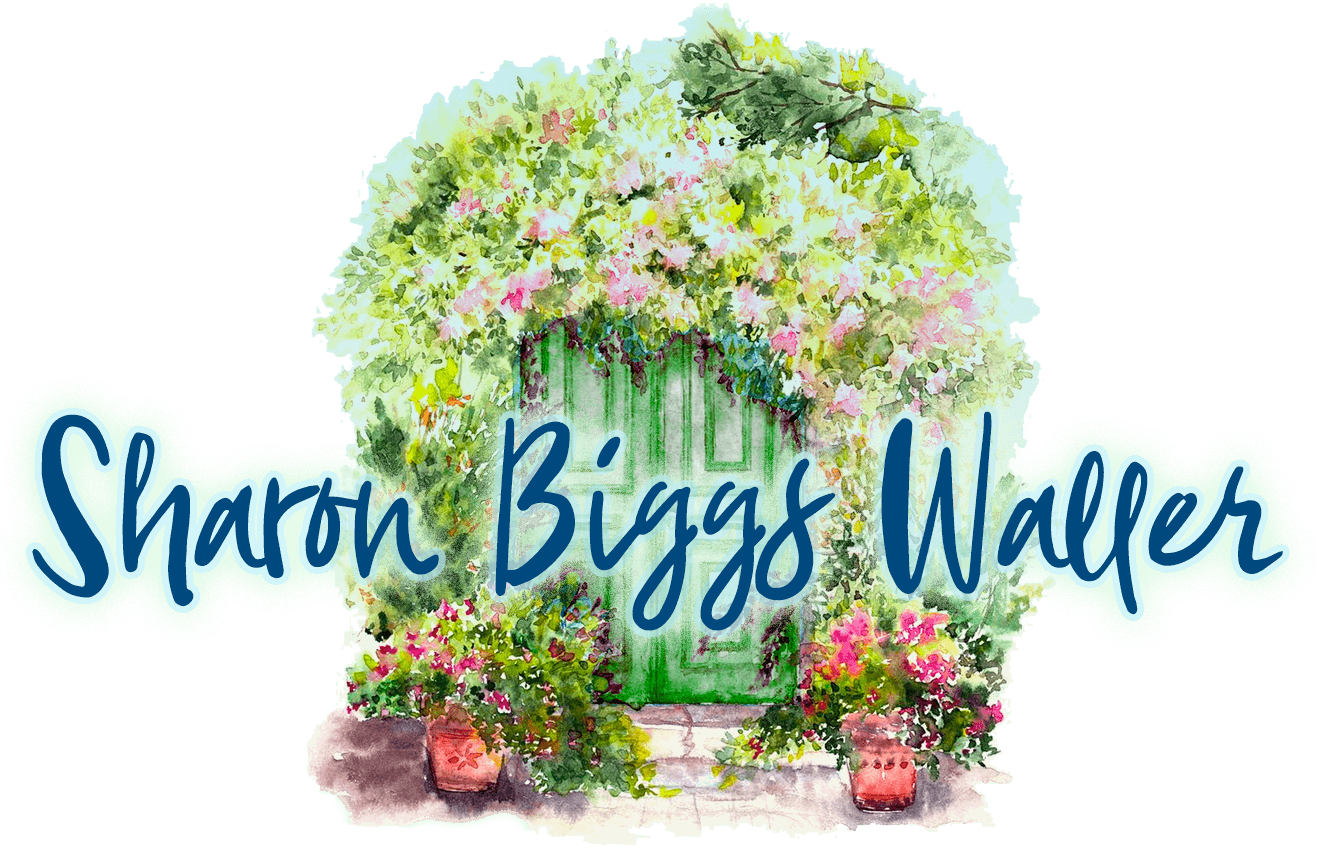I’m re-reading a fabulous book called Mayflower: a Story of Courage, Community and War by historian Nathaniel Philbrick. I checked it out of the library a few years ago and it’s one of those books that I have to own, so I recently purchased a paperback copy. In the book, Philbrick starts with the question: how did America begin? From there, he goes on to explain the truth behind the voyage of the Mayflower in 1620 and the subsequent settlement of Plymouth Colony. It’s not the Disney version nor is it the Schoolhouse Rock version that many of us grew up with, instead it’s an honest account of a group of people seeking a land to call their own. And it was not easy, nor was it peaceful. As Philbrick points out, we have a tendency to look back with nostalgia and whitewash the truth.
I checked it out of the library a few years ago and it’s one of those books that I have to own, so I recently purchased a paperback copy. In the book, Philbrick starts with the question: how did America begin? From there, he goes on to explain the truth behind the voyage of the Mayflower in 1620 and the subsequent settlement of Plymouth Colony. It’s not the Disney version nor is it the Schoolhouse Rock version that many of us grew up with, instead it’s an honest account of a group of people seeking a land to call their own. And it was not easy, nor was it peaceful. As Philbrick points out, we have a tendency to look back with nostalgia and whitewash the truth.
On November 5th, Illinois passed the Marriage Equality Bill, and as I listened to all the interviews about the bill on WBEZ, my local public radio station, I was taken aback at one source’s comments about traditional marriage and religion. He was adamant that marriage and religion went hand-in-hand. I’m always happy to listen to another side, but I stop listening when facts are twisted to suit the argument. Traditionally, marriage was a business arrangement, and like all things in human history, marriage has changed as society evolved. Today, marriage is about love between two people and their desire to create a life together, and maybe even a family. Gender, race, or religion should be inconsequential.
Coincidently, the night before the Illinois decision, I’d read about marriage in Philbrick’s book. In chapter seven, titled Thanksgiving, he writes that the first marriage at the Plymouth Colony was between Edward Winslow and Susanna White, who had lost their spouses six weeks earlier. A good many of the pilgrims had died the first year, and those who remained knew how important it was to make the colony a success, and banding together was the very heart of that goal. I don’t think you can get more religious than the Puritans, so imagine my surprise when I read that the colony was basing their marriage model on the Low Countries’. This is where the Pilgrims had lived after escaping prosecution in England. Philbrick writes:
In accordance with “the laudable custom of the Low Countries,” Edward and Susanna were married in a civil ceremony. [Governor William] Bradford, who presided over the union, explained that “nowhere…in the Gospel” did it say a minister should be involved in a wedding. In the decades to come, marriages in Plymouth continued to be secular affairs, one of the few vestiges of their time in Holland to persist in New England.
The Pilgrims knew how important it was to work together for a united goal. They wanted the freedom to worship their way, but they came across the sea on the Mayflower with other people who didn’t share that goal, but they made it work. They understood that without one another they didn’t have a hope of survival. By the time the Pilgrims left for America, their pastor Robinson realized that arrogance and anger would be their undoing: “For schism and division,” Edward Winslow wrote of his pastor, “there was nothing in the world more hateful to him.” Philbrick points out that this attitude was crucial to the later success of Plymouth Plantation.
So we need to stop wielding words like “tradition” to make a point. We are all Americans, working toward a common goal, just as the Pilgrims did. It may be messy and not very peaceful, but we can take a page from the Pilgrims’ book and learn to respect one another, and to make room for others, even if we don’t agree.
Although, we shouldn’t steal buried corn and pilfer burial sites—that was wrong of the Pilgrims. And a story for another day!

Pilgrims embark.

















